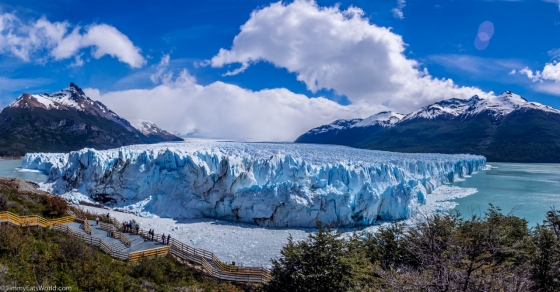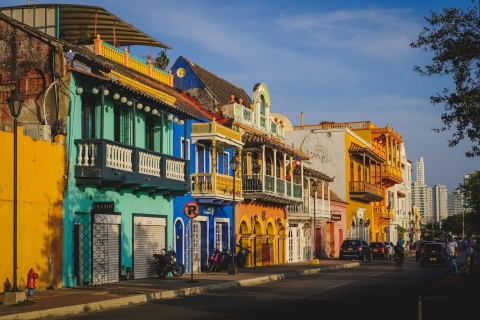Los Glaciares National Park, Argentina - Weather and Climate
Temperatures see a moderate degree of fluctuation,
transitioning from cold conditions
to very cold.
It is also known for its heavy rain/snowfall.
Now, let’s break down all the climate details for a clearer picture.
Average maximum day and minimum night temperature
The climate in Los Glaciares National Park experiences moderate temperature changes, with mild shifts between seasons. Typically, average maximum daytime temperatures range from a chilly 10°C in February to a very cold 1°C in the coolest month, July.
Nights are cooler, with lows often dropping to around -4°C during the colder months.Check out our detailed temperature page for more information.
Temperature ranges by month
Precipitation and rainy days
Los Glaciares National Park is known for its substantial rain/snowfall, with annual precipitation reaching 3280 mm. Precipitation levels in Los Glaciares National Park remain relatively steady throughout the year. December has the most rain, with 313 mm over 5 days. In July, this drops slightly to 235 mm, making the city's climate fairly predictable.
The mean monthly precipitation over the year, including rain, hail and snow
Sunshine over the year
For those who appreciate different seasons, Los Glaciares National Park serves as an ideal destination. Expect longer, more sun-filled days in January with an average of 8.7 hours of sunshine daily, and embrace the darker days in June, offering only 3.2 hours of daily sunlight.
Visit our detailed sunshine hours page for more information.
Monthly hours of sunshine
Daily hours of sunshine
Average humidity
The relative humidity is moderate throughout the year in Los Glaciares National Park.
The city experiences its highest humidity in July, reaching 76%. In January, the humidity drops to its lowest level at 47%. What does this mean? Read our detailed page on humidity levels for further details.
Relative humidity over the year
Forecast for Los Glaciares National Park



Select a Month of Interest
Check the conditions for any month of the year.
The best time of year to visit Los Glaciares National Park in Argentina
The average rainfall figures in Los Glaciares National Park are quite high. Throughout the year, you have a chance of prolonged precipitation. So no matter what time of year you go, you will always have to deal with a high number of rainy days. This makes it more challenging to point out the best time of year to visit. If we needed to pick one month we would choose January which is the sunniest month of the year.Other facts from our historical weather data:
The coldest season / winter is in the following months: June, July and August.
February has an average maximum temperature of 10°C and is the warmest month of the year.
The coldest month is July with an average maximum temperature of 1°C.
December tops the wettest month list with 313 mm of rainfall.
July is the driest month with 235 mm of precipitation.
January is the sunniest month with an average of 262 hours of sunshine.
No idea where to travel to this year? We have a tool that recommends destinations based on your ideal conditions. Find out where to go with our weather planner.



